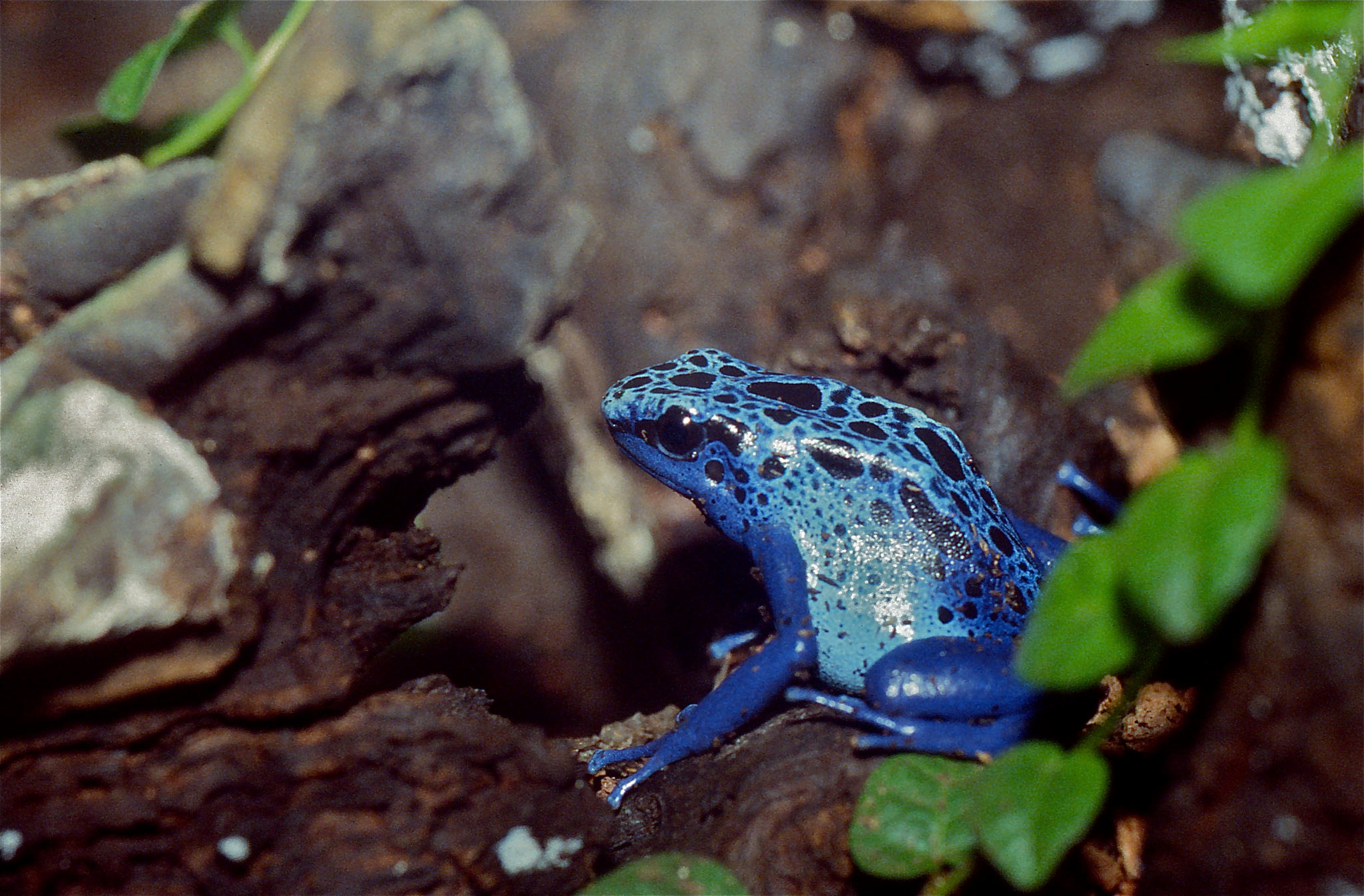The ordering of animals into groups of related species is called taxonomy. A unique name given to each animal group of any rank is called a taxon (plural taxa).
Organisms are referred to by their generic and specific epithet. Ex. Plestiodon fasciatus
The general breakdown of how animals are classified is: Kingdom > Phylum > Class > Order > Family > Genus > Species. A couple of mnemonics for this are Kindly Professors Cannot Often Fail Good Students or King Philip Came Over For Ginger Snaps. There are often other classifications between these, e.g., super-order, sub-family.
When writing the scientific name of a species, only the genus is capitalized. Ex. Coluber constrictor.
Many people refer to scientific names as “Latin” names, but that is a bit misleading, as they may also derive from Greek and sometimes other languages. Many species are named after a person (generally someone the researcher proposing the name wished to honor).
When referring to a scientific name multiple times in the same article or post, it is proper to use the full name the first time you type it and to abbreviate it thereafter. The proper way to abbreviate is a capital letter followed by a period for the genus, followed by the specific epithet (C. constrictor). With sub-species, the first two names may be abbreviated (C. c. constrictor). It is not proper to do this until after the first instance of the name being used so that it is clear what is being discussed. Also, do not begin new a sentence with an abbreviation.
A taxon consisting of two words (genus & specific epithet) is called a binomial (two-part) name. An animal classified down to sub-species is referred to by a trinomial (three-part) name. When trinomial names exist, the first animal described is called the nominate subspecies. Nominate subspecies will have the specific name repeated to indicate that they were the initially described taxon. Ex. Coluber constrictor constrictor.
Genus and species should be italicized or underlined; higher classifications and common names should appear as plain type, and proper names should be capitalized. Ex. Animalia, Prairie Kingsnake.
Taxonomy is very fluid and dynamic. We have developed new methods of research and discovery, which allow animals to be more “correctly” classified than ever before, so changes are regularly made.
Although this rule is starting to fall out of use, the traditional form when writing a paper is to cite the source for a scientific name, meaning who initially described it and in what year (possibly helpful if the name changes later).


